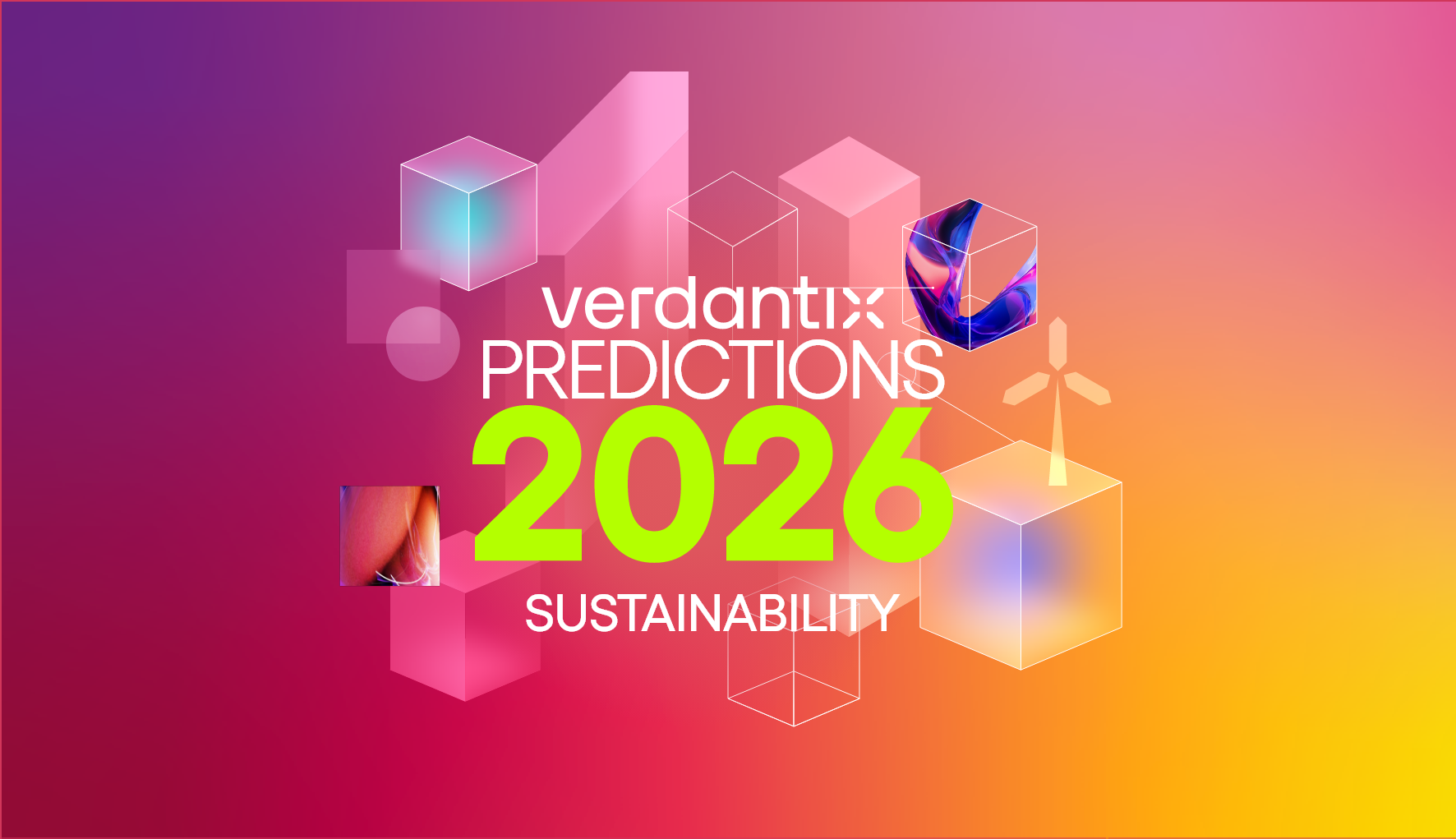Addressing Nature And Climate Risks For Holistic ESG Risk Management
In response to investor demand for transparent nature-related data, the TNFD was finalized in September 2023, echoing the principles of the TCFD but extending its scope to include nature-related impacts and dependencies. One of the fundamental takeaways from the TNFD is that climate and nature risks cannot be tackled in isolation: they are interconnected and must be addressed together. Firms need to adopt an integrated strategy for ESG risk management, incorporating both climate and nature into their transition plans. This combined approach not only mitigates risks but also leads to direct business and stakeholder benefits.
However, implementing TNFD recommendations comes with its own set of challenges and risks:
- Uncertainty in identifying and measuring nature metrics.
Currently, there is no consensus on how to measure nature-related dependencies, impacts, risks and opportunities. This lack of standardization makes it challenging for firms to identify and manage their nature-related risks effectively, especially for organizations with extensive supply chains. - Complex value chain reporting.
The TNFD requires firms to monitor and disclose nature-related risks across their entire value chains, including Scope 3 emissions. This can be complicated due to the need for geographic data and the complexity of disclosures, particularly for Scope 3 emissions. - Litigation and greenwashing risks.
With increasing public focus on ESG, there is a growing risk of litigation related to nature and climate commitments. Firms must be prepared to face legal consequences if they fail to meet their nature-related targets and commitments.
To successfully integrate nature into ESG risk management, organizations need to take several essential steps:
- Invest in education and expertise.
Developing climate- and nature-relevant skills within the organization is crucial. Firms should invest in training and expertise to conduct nature-related assessments effectively. - Establish cross-functional collaboration for nature-climate transition plans.
Internal collaboration across various business functions is essential. Finance and accounting professionals can play a pivotal role in integrating nature factors into business decision-making. Meanwhile, risk managers must communicate with ESG and net zero teams for transition planning that addresses both climate and nature risks to support long-term strategic value and resilience. - Acquire business-relevant nature data.
Organizations must obtain relevant nature and biodiversity data to mitigate risks and identify opportunities effectively. For example, firms can leverage geospatial data or biodiversity risk data sets from content providers. - Investigate biodiversity and nature solutions.
Leveraging technology and innovative solutions, such as digital biodiversity assessment tools, can help firms better understand and manage their impact on ecosystems.
While there are challenges and risks associated with nature reporting, firms that adopt an integrated approach stand to benefit in terms of comprehensive ESG risk mitigation, stakeholder engagement and long-term sustainable performance. To learn more about nature-related risks and solutions read the following reports:
Strategic Focus: The Connection Between The TCFD, TNFD And ESG Risk
Strategic Focus: Navigating Nature-Related Risks
About The Author

Jessie Wilson
Industry Analyst





